Kanagawa: 28 Things to Do in Yokohama, Kamakura, and Hakone

Neighboring Tokyo, Kanagawa Prefecture is home to many great beaches and is full of historical sites, shopping spots, delicious foods, and amazing seasonal events. Visit Kanagawa for a look into Japan's history and to relax at large beaches that can't be found near the capital of Japan.
Kanagawa: Home to Yokohama, Kamakura, Hakone, and Other Great Destinations!
Kanagawa Prefecture is part of the Kanto region, neighboring Tokyo to the south and southwest.
Kanagawa has the second largest population in Japan after Tokyo and is a prefecture with many popular tourist destinations such as Yokohama, whose Minato Mirai and Chinatown are filled with shopping, entertainment, and food spots. Beautiful nature-rich places like Kamakura, Hakone, and Zushi are also in Kanagawa.
Being just an hour away from central Tokyo, the tourist destinations in Kanagawa are easily accessible and a great for day trips!
Top Places to Visit in Kanagawa
Yokohama
1. Minato Mirai
2. Landmark Tower
3. The Red Brick Warehouse
4. Anpanman Museum
5. Motomachi Chuukagai
6. Shin-Yokohama Ramen Museum
7. Sankeien Garden
8. Hakkejima Sea Paradise
Kamakura
9. Tsurugaoka Hachimangu Shrine
10. Hokokuji Temple
11. Kotokuin and The Great Buddha Statue
12. Hasedera Temple
13. Meigetsuin Temple - the Hydrangea Temple
14. Zeniarai Benten Shrine
15. Engakuji Temple
16. Enoshima
Zushi
17. Zushi Beach
18. Isshiki Beach
Hakone
19. Hakone Yumoto
20. Owakudani
21. Lake Ashi
22. Hakone Shrine
23. Hakone Open-Air Museum
Odawara
24. Odawara Castle
Kawasaki
25. Kawasaki Daishi Temple
26. Nihon Minka-en
27. The Fujiko F. Fujio Museum - Meet Doraemon and Friends
28. The Taro Okamoto Museum of Art
Kanagawa Travel Guide
- How to Reach Yokohama, Kanagawa's Travel Hub
- Transportation in Kanagawa and Traffic Conditions
- The Weather and What to Wear in Kanagawa
- Great Shopping Spots in Kanagawa
- Kanagawa Events and Festivals
- Hotels in Kanagawa
- Dining in Kanagawa
- Souvenirs from Kanagawa
- Other Important Travel Information
Yokohama Travel Information
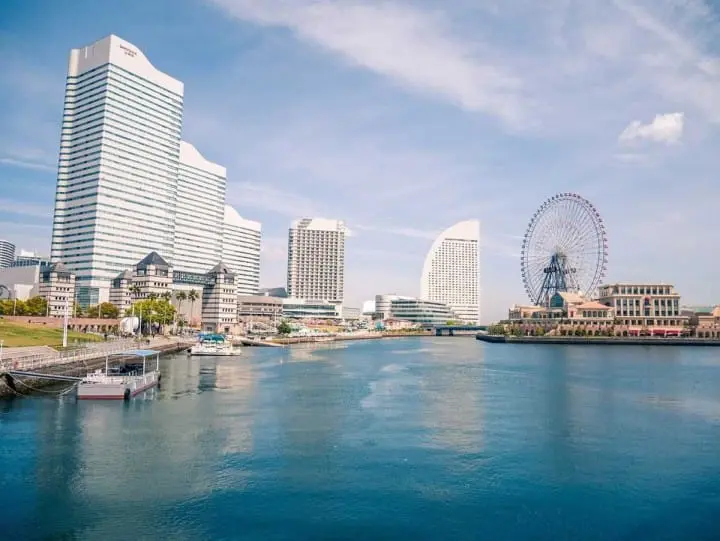
Yokohama is the largest city in Kanagawa prefecture and currently the second largest city in all of Japan. Depending on what part of Tokyo you are departing from, you can even reach Yokohama in as little as 30 minutes.
Yokohama is home to many tourist destinations including Minato Mirai and Chukagai (Chinatown). In Minato Mirai, you can find landmarks such as Yokohama's Akarenga Soko (Red Brick Warehouse), the Landmark Tower, the Anpanman Museum, and many other wonderful sightseeing spots. With the city literally bordering the Tokyo Bay, you can experience the beautiful cityscapes of the night near the water while enjoying the many shopping centers and numerous exciting date spots as well.
The largest gourmet hot spot in the Yokohama area is without a doubt Yokohama Chukagai, or Yokohama Chinatown. Here you'll find countless restaurants serving authentic dishes of Szechuan, Shanghai, and Guangdong. Aside from the delicious delicacies, you will also find plenty of traditional shops selling souvenirs and sundries from China.
Near Chinatown there are spots you can enjoy nature as well like Yamashita Park, a long, seaside park, and the history-rich Japanese-style garden, Sankeien. And just a short distance from Yokohama, you will find Hakkeijima, with its amusement park by the ocean, Hakkeijima Sea Paradise. Ramen lovers should definitely visit the Shin-Yokohama Ramen Museum in the area too!
To learn more about Yokohama and the surrounding area, check out: Yokohama Travel Guide - Discover Minato Mirai and Other Great Areas!
Recommended Sightseeing Spots in Yokohama
1. Minato Mirai
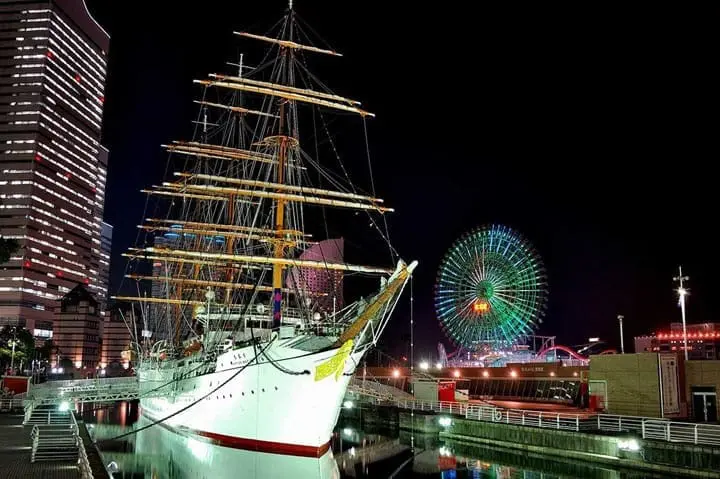
Minato Mirai is the area covered by the Minato Mirai line, and around JR Sakuragicho Station. Here you will find the Landmark Tower, Queen's Square, the Red Brick Warehouse, and other interesting shopping centers. There is also a park near the waters, making it the perfect dreamy spot to enjoy in comfort.
2. Landmark Tower
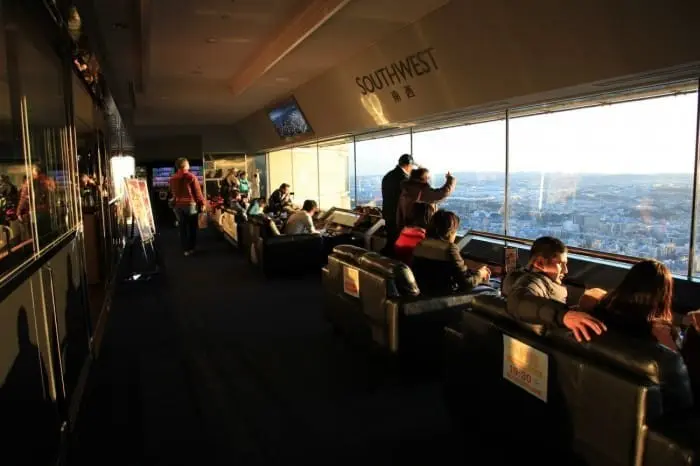
The Yokohama Landmark Tower sits in the center of Minato Mirai, giving you an amazing view of the surrounding area from the viewing platform inside of this massively tall commercial building. Enjoy the view of the cityscape at night after enjoying an afternoon of shopping!
3. The Red Brick Warehouse
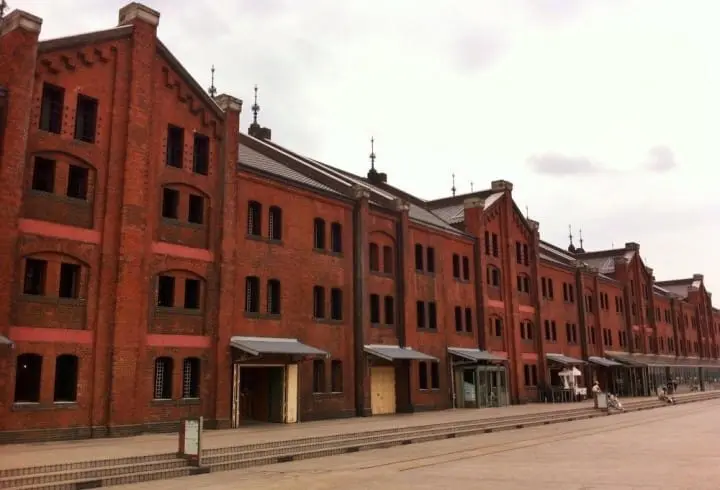
Yokohama's Akarenga Soko, or the Red Brick Warehouse, is a historical building that was originally used as a national storehouse from the latter half of the Meiji Era to the Taisho Era. Now this architectural delight is home to several shops, restaurants, and many holiday and seasonal events held regularly in the event spaces outside.
4. Anpanman Museum
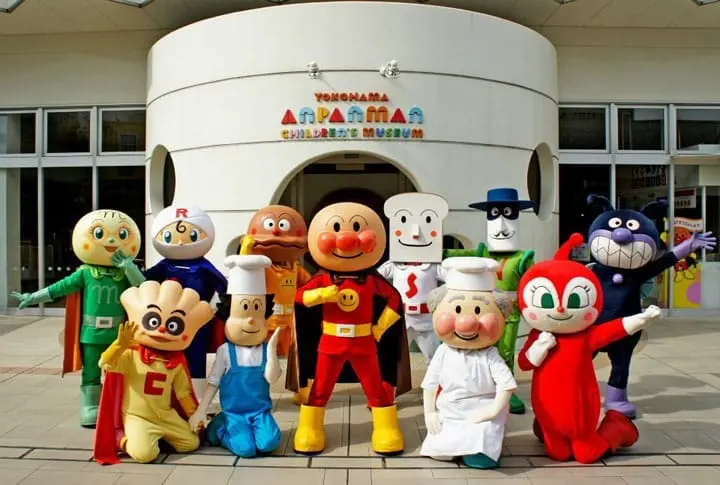
This is the museum dedicated to the incredibly popular Japanese animated children's series, Anpanman. The Anpanman Museum has a variety of dioramas showing off the cute characters from the series, and you can even eat the different tasty buns and rolls inspired by the heroes of the show that are sold here. This is an exciting and excellent must-visit spot for all kids!
5. Motomachi Chuukagai
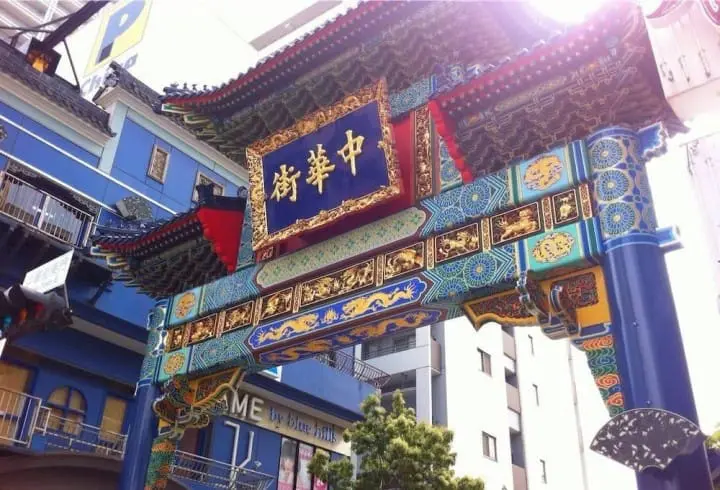
Yokohama's most concentrated gourmet spot is without a doubt Chinatown, called Motomachi Chukagai. There are over 220 different restaurants here to choose from, offering authentic Cantonese and Szechuan cuisine. You can enjoy all sorts of delicious delights from simple Chinese dishes like dim sum to amazing sweets like egg tarts and more!
6. Shin-Yokohama Ramen Museum
The Shin-Yokohama Ramen Museum is a food themed theme park dedicated to one of Japan's most well-known and popular dishes, ramen. Here you will find 10 ramen restaurants that were hand-selected from all across Japan as serving representative regional ramen dishes. This is definitely a spot all ramen lovers do not want to miss out on!
To learn more about great sightseeing spots in Yokohama, take a look at: Yokohama: Top Things to Do in Japan's Famous Port City Near Tokyo
7. Sankeien Garden

Located in a quiet residential area, Sankeien Garden is a traditional style Japanese garden with 17 historical buildings within its grounds. Here you can enjoy cherry blossoms and azaleas in the spring, water lilies and hydrangeas in the summer, cluster amaryllis, wild chrysanthemum, and the beautiful autumn leaves in the fall, and plum blossoms blooming towards the end of winter. All of this is just a quick 15 minute bus ride from Motomachi-Chukagai Station. The garden is open between 9:00-17:00, with last entry being at 16:30. Admission for adults (junior high school students and older) is 500 yen, while for elementary students and younger admission costs 200 yen.
For more about this stunning Japanese garden, try reading about Firefly Viewing In Yokohama's Beautiful Sankeien Garden!
8. Hakkejima Sea Paradise
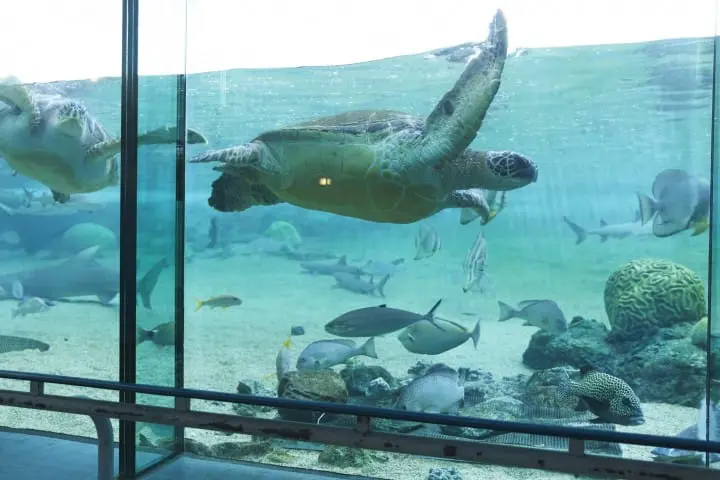
©JNTO
Yokohama Hakkeijima Sea Paradise is an oceanside entertainment facility with an aquarium split into different sections: a marine park and an amusement park that provides a wide variety of fun attractions. This theme park is great for families with kids and is also makes for a very popular date spot too. To learn more about Yokohama Hakkejima Sea Paradise and other marine theme parks, take a look at Cooling Off This Summer At Aquariums All Across Japan!
Kamakura and Shonan Area Travel Information
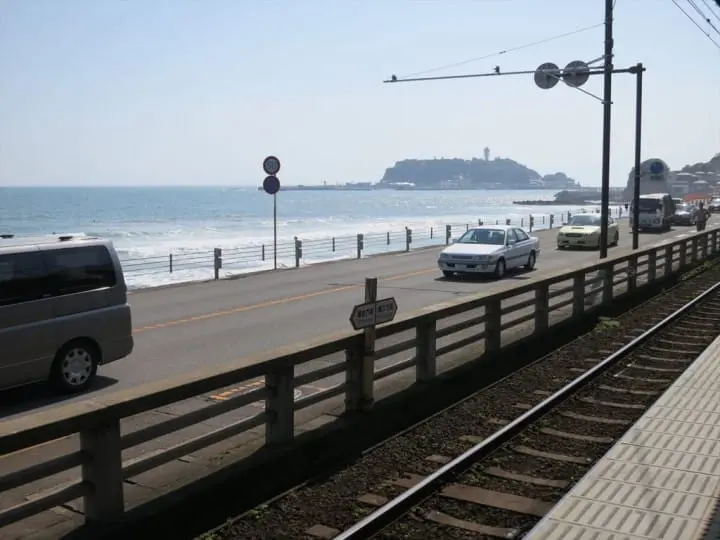
The Shonan area is made up of areas including Enoshima, Kamakura, Zushi, Hayama, and their surrounding areas. Kamakura in particular is popular and well-known for its numerous temples, shrines, and spots to enjoy nature, while Enoshima is an area with a small island, connected via the Enoshima Benten Bridge and is accessible with the Enoden line running from Kamakura.
Zushi and Hayama are two famous beach towns that are perfect spots for taking a swim, walking along the shore, or participating in various marine sports. In the summer time there are many popular beach houses that open to provide food and other beach services.
Shonan is a comfortable area with its charming atmosphere, full of nature, lovely cafes, and restaurants. If you want to get away from the hustle and bustle of Tokyo's city life, then this is the place to go!
Recommended Spots in the Kamakura Area
Kamakura is best known for its Great Buddha statue at Kotokuin Temple, and for Hokuji Temple, affectionately referred to as the "Bamboo Temple" thanks to its impressive bamboo grove. Having an abundance of historical sites, gorgeous natural areas, and numerous fashionable cafes, Kamakura is an excellent place for those that want to enjoy a leisurely stroll for sightseeing. To learn more about sightseeing spots in Kamakura, take a look at Kamakura Travel Guide: Top 20 Spots, Sightseeing Tips, and More.
9. Tsurugaoka Hachimangu Shrine
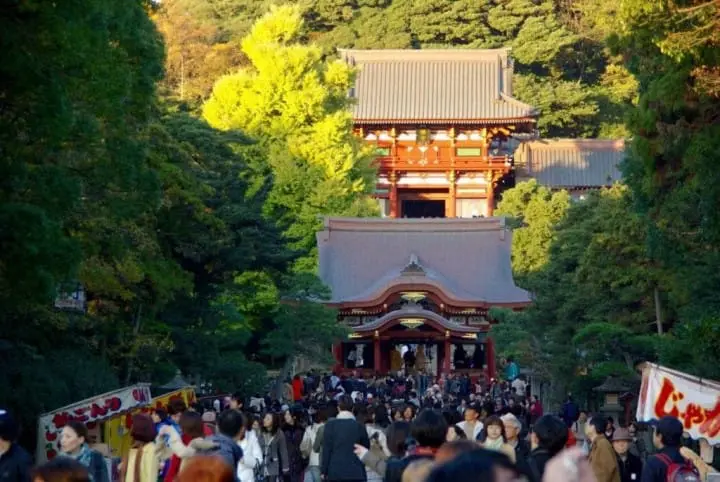
Tsurugaoka Hachimangu is known as the symbol of Kamakura. A 10 minute walk from Kamakura Station, it is a spot that is very easy to access. Enjoying the walk down Komachidori road with its many small shops and restaurants is part of the standard journey to this amazing shrine.
10. Hokokuji Temple
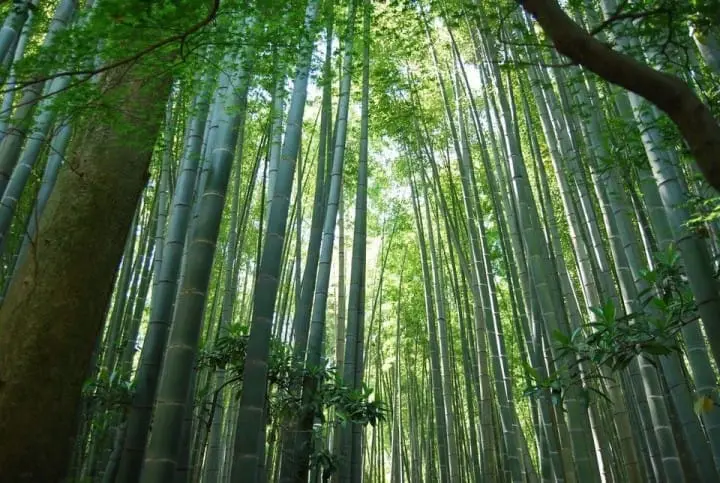
Known as Take-dera or the Bamboo Temple, Hokokuji Temple is a charming temple with a beautiful bamboo thicket spreading throughout its grounds. You can even enjoy some green tea amid the bamboo, which is another one of this temple's charms.
11. Kotokuin and The Great Buddha Statue
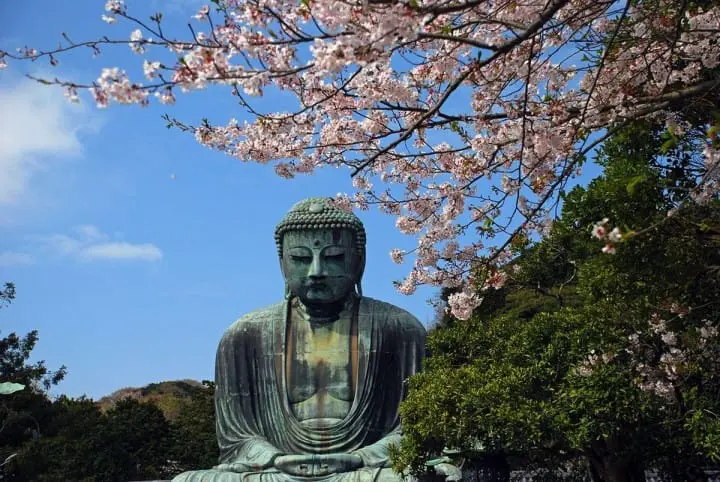
Kotokuin Temple is located a 7 minute walk from Hase Station on the Enoden line. With a seated height of 11.4 meters, the Daibutsu (Great Buddha statue) at this temple weighs 121 tons and is a very popular spot on the weekends, constantly drawing crowds from all over. By paying a small 20 yen fee, you can even go inside the Great Buddha too!
12. Hasedera Temple
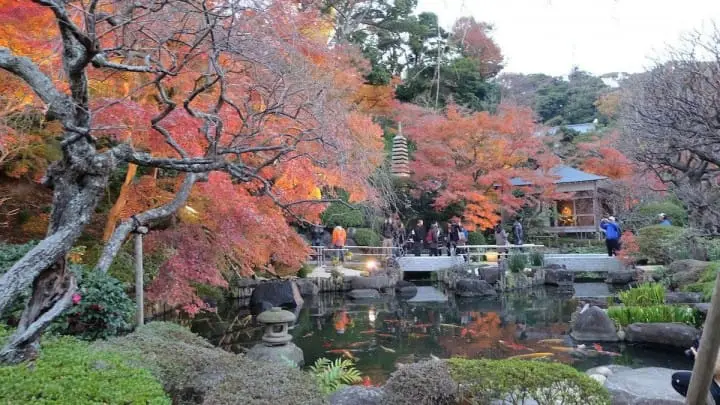
Accessible from Hase Station as with Kotokuin, Hasedera Temple is a well-known sightseeing spot that is popular with both domestic and international visitors all year long. The sight of the red maple leaves in fall as they are lit up with lights makes for a wondrous, mystical atmosphere that you have to see to believe.
13. Meigetsuin Temple - the Hydrangea Temple
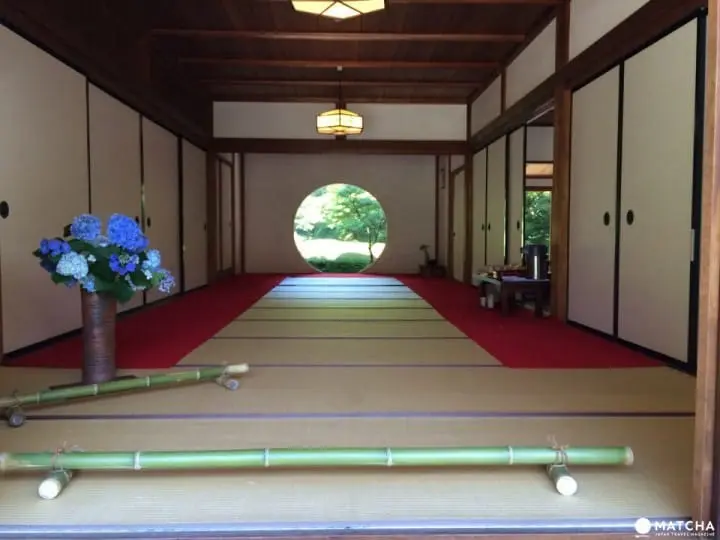
Meigetsuin Temple in Kita-Kamakura is also called “the hydrangea temple” for its amazing garden full of colorful hydrangeas, the Japanese flower of early summer. But Meigetsuin is also known for its other seasonal sights, such as the round “windows of enlightenment,” which symbolize enlightenment, truth, and the cosmos. The view of the fall garden through this window is absolutely breathtaking.
For more information on this temple, read Meigetsuin Temple, Kamakura - Japanese Aesthetics At Its Finest.
14. Zeniarai Benten Shrine
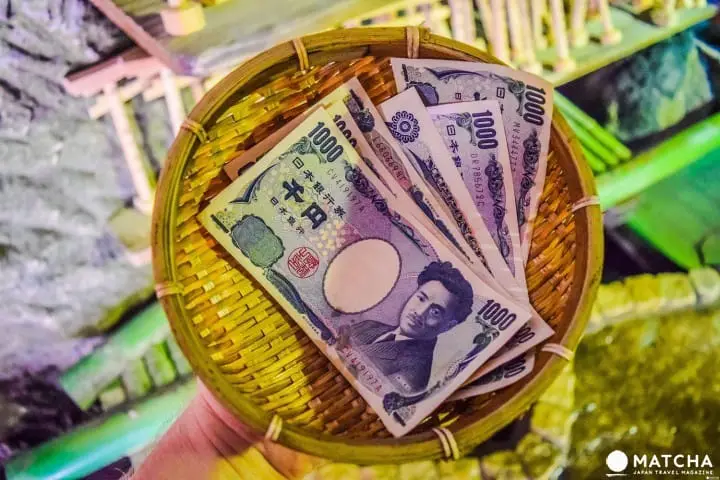
It's said that Zeniarai Benten Shrine, nestled deep in the Kamakura mountains, can bestow blessings of financial prosperity. Just put your money in a strainer at the shrine and rinse it with the flowing spring water. According to the legend, the money will multiply many times over. Why not give it a try? Read Zeniarai Benzaiten Ugafuku Shrine - The Miraculous Water Of Kamakura to learn more.
15. Engakuji Temple
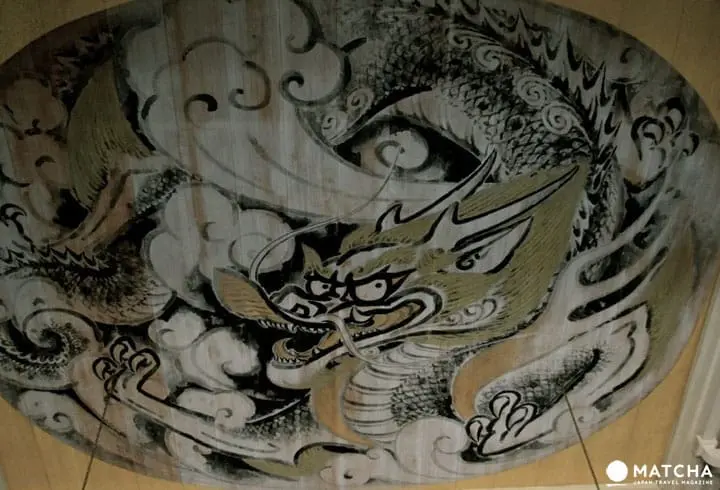
A short walk from Kita-Kamakura Station will bring you to Engakuji Temple, a Zen Buddhist temple. The temple is famous for its Sanmon temple gate and the dragon painting on the temple ceiling. At 6:00 am every morning, a dawn meditation meeting is held here for free. To learn more about Zen and meditation, check out Zen Buddhism - Gardens, Art and Zazen Meditation in Japan.
16. Enoshima
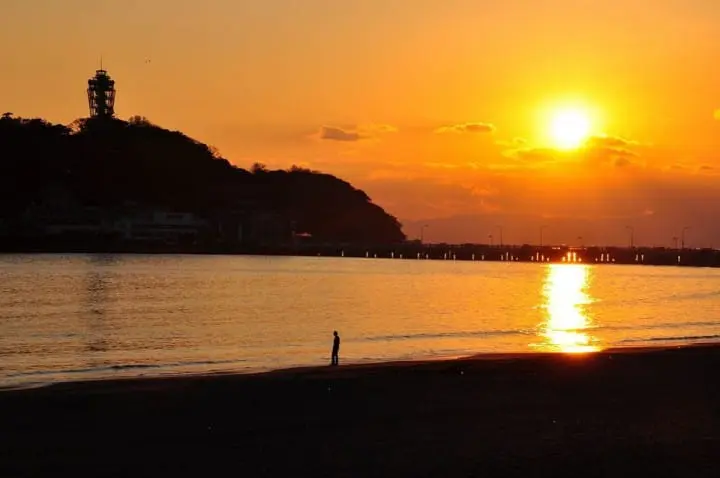
Enoshima, known for Enoshima Shrine and Enoshima Iwaya, is a small island surrounded by the ocean off of Kanagawa. There are many superb views that are interwoven with the surroundings here. Their shirasu (whitebait) cuisine and other seafood dishes make for some wonderful gourmet experiences.
See The Top 8 Sightseeing Spots in Enoshima, Kanagawa and 7 Things To Do In Enoshima – Shrines, Local Cuisine, And Mt. Fuji Views for more.
Best Beaches in Hayama and Zushi
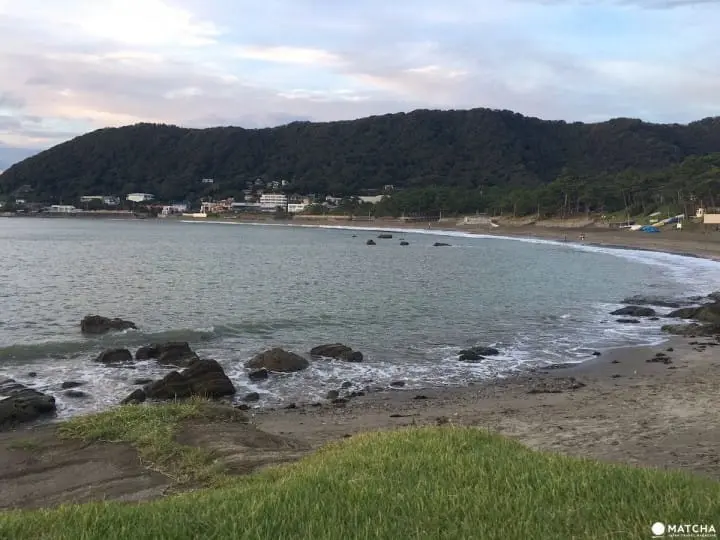
The Zushi and Hayama areas are home to two scenic beaches - Isshiki Beach and Morito Beach. Enjoy strolls along the beach, sea kayaking, and even try wind surfing at these beaches. You can experience a unique, elegant ambience from Hayama, as it is where many of Japan's rich and famous have their summer homes built.
17. Zushi Beach
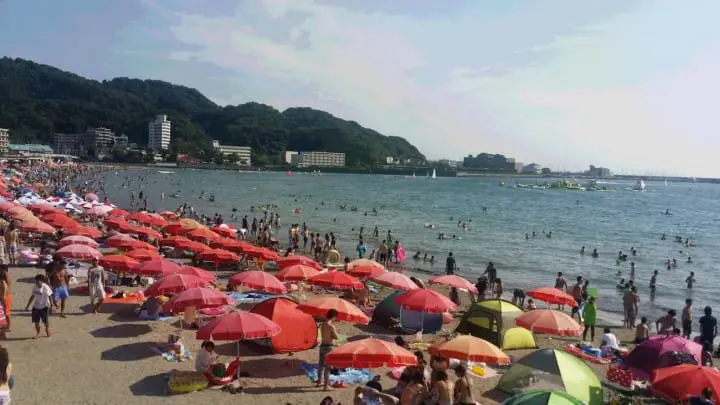
Photo courtesy of: Zushi City Tourism Department
Zushi Beach is a 15 minute walk away from JR Zushi Station and is one of the most popular beaches in Japan during the summer. You'll also find the area is full of unique, stylish restaurants as you're walking to the beach from the station.
18. Isshiki Beach
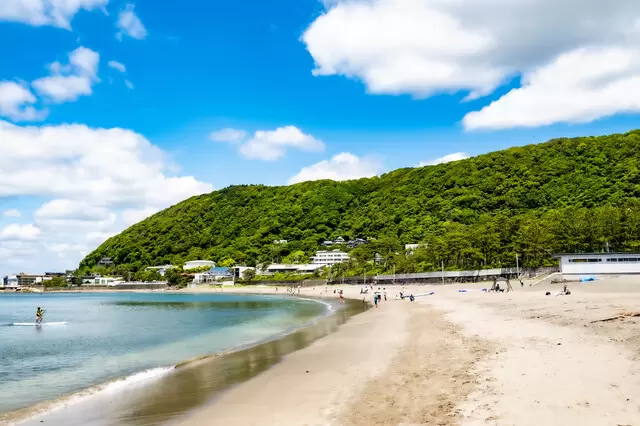
Isshiki Beach is best known in Japan as being where the Emperor's summer residence is located. In this area there are plenty of trendy beach houses and great spots to swim in the summer, making it a lively place to visit. The seasons outside of summer however, tend to be far more relaxed. With its picturesque mountains and superb beaches, Isshiki Beach is a place that you can enjoy all year round.
The area is overflowing with fabulous places to visit, like Hayama Shiosai Park, Chojagasaki, Morito Daimyojin, Hayama Marina, and much more!
To read more about the Zushi and Hayama areas, take a look at this article: Zushi, A Kanagawa Beach Resort Near Tokyo: Travel, Hotels, And Dining.
Hakone Area Travel Information
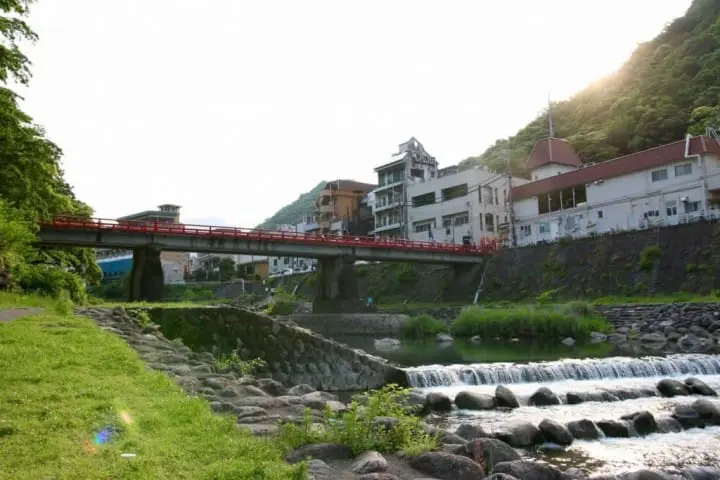
Hakone and its surrounding area make up the representative hot spring area of Kanagawa. Hakone Yumoto is a very popular onsen destination, along with other hot spring areas such as Gora, Yugawara, and Manazuru being popular as well. On the outskirts of Hakone Yumoto is Owakudani, where the transparent waters of Ashinoko flow and plumes of smoke can be seen from the nearby volcano. The mountainous area around Owakudani is simply stunning.
There are also numerous art galleries and museums can be enjoyed in the area too. Odawara, another major city in the area, is where you will find Odawara Castle, an impressive reproduction of the original castle that once stood in the area. This area is easily accessible from Tokyo, by taking the Odakyu Romance Car from Shinjuku.
Recommended Spots in Hakone
19. Hakone Yumoto
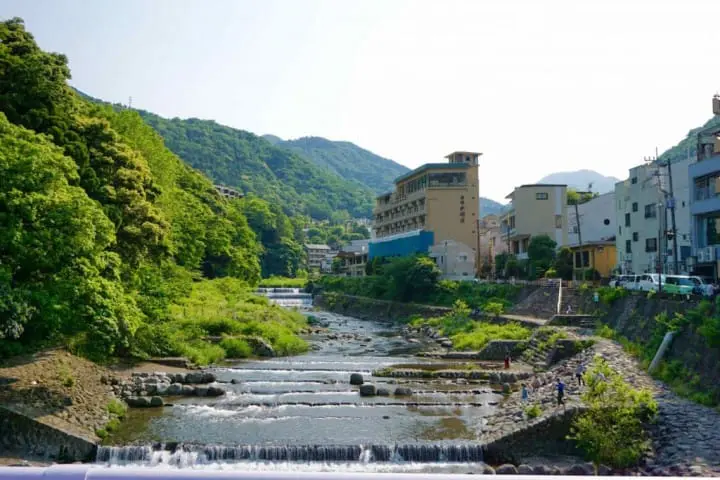
Hakone Yumoto is the main station for arrivals and departures from Tokyo to the Hakone area and is known as the front door to Hakone. Around the station, there are numerous souvenir shops, a lively old shopping street, and many historical structures to be seen as well. Hakone Yumoto's most defining trait is that the area is home to over 40 different hot spring districts. A short walk from the station will take you to several hot spring areas, which is quite appealing.
20. Owakudani

Owakudani is an exciting spot in Hakone where you can feel the impressiveness of an active volcano up close. Surrounded by white clouds, the peculiar scenery here has lead this area to be nicknamed Jigokudani (Hell Valley) ever since the Edo era. The Owakudani area can be reached by taking the Hakone Ropeway.
21. Lake Ashi

Formed by an ancient volcanic eruption, Lake Ashi (Ashinoko) is the largest lake in Kanagawa and is where you can take a pleasure cruise on a replica pirate ship to view the beautiful scenery surrounding the lake.
22. Hakone Shrine
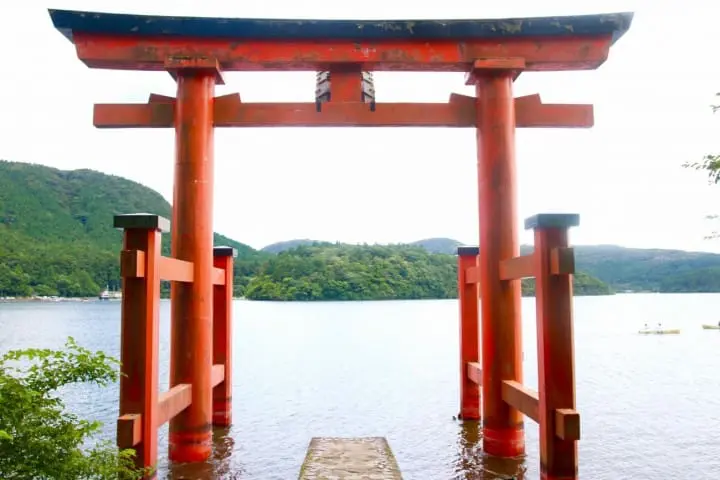
Standing on one side of Lake Ashi is the great torii of Hakone Shrine. When you pay a visit to Ashinoko, definitely make your way to this shrine as well. You will find yourself caught up in the sacred atmosphere of the mountains when stepping into Hakone Shrine.
23. Hakone Open-Air Museum
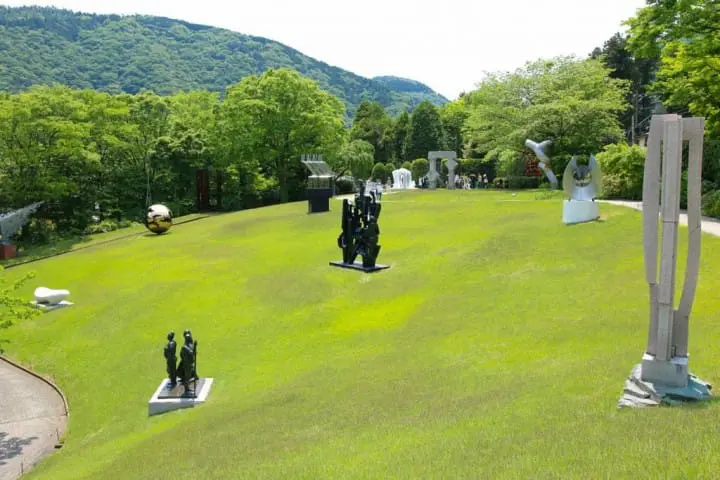
The Hakone Open-Air Museum is an open art park, where the works are on display amid the impressive natural landscape of Hakone. Here you can enjoy art pieces in a different way from that of the museums in the city.
24. Odawara - Odawara Castle
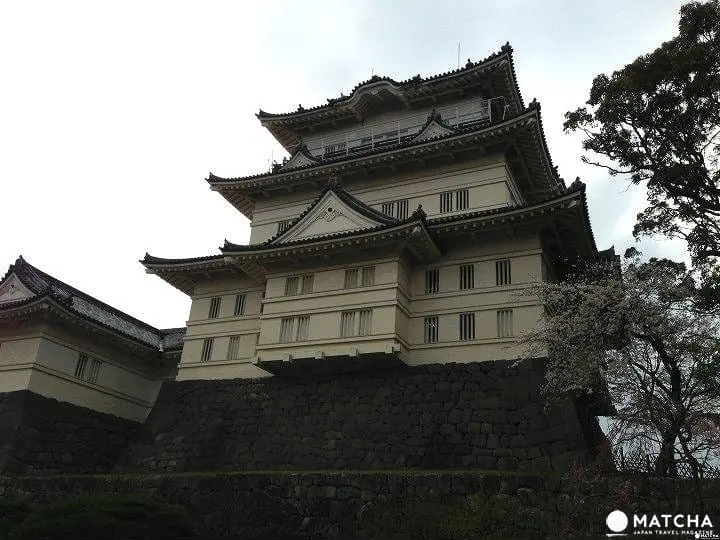
Odawara is a history-rich city that was a seat of power for the region and was of particular importance during the Sengoku era. It is the best existing example of a Japanese castle in the greater Tokyo area and an ideal place for a day trip from the city. The castle is open from 9:00-17:00 (last admittance at 16:30) and admission is 500 yen for adults, and 200 yen for elementary to junior high students (other facilities within grounds have separate fees). For more info about Odawara Castle, see A Castle Surrounded By Pink Blossoms - The Sakura At Odawara Castle.
Take a look at Hakone Area Guide: Must-See Places, Great Views, and Travel Tips for more on sightseeing in Hakone.
Kawasaki Area Travel Information
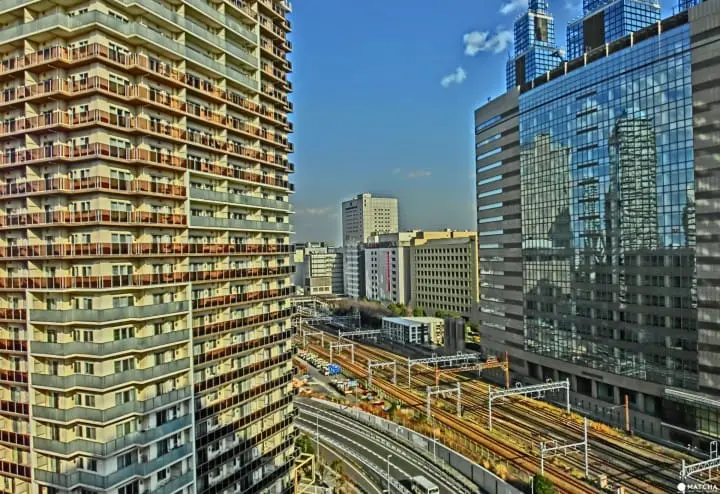
Kawasaki sits between Tokyo and Yokohama, and is mainly known as an industrial and residential suburb today, where you will find a great number of sports facilities and shopping centers. It is also home to Kawasaki Daishi, one of the most visited temples in all of Japan, and an area where a great number of popular seasonal festivals take place as well. Kawasaki has many different hidden treasures to discover though, so it is a great spot for urban adventure-seekers to visit.
Recommended Spots in Kawasaki
25. Kawasaki Daishi Temple
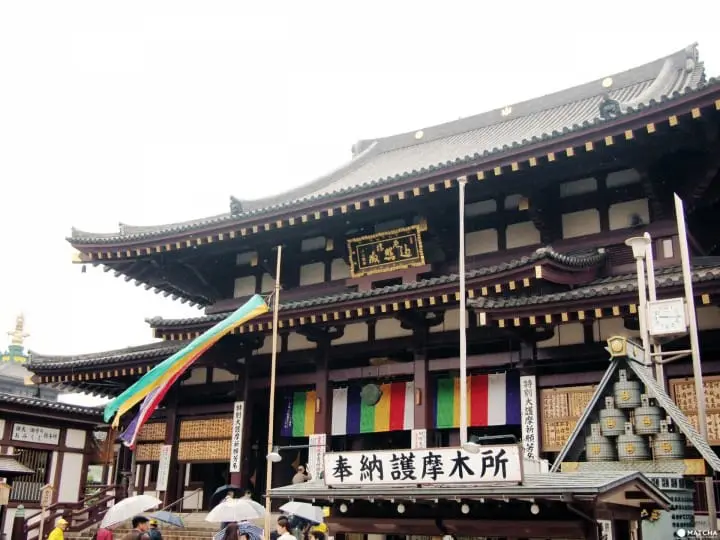
Kawasaki Daishi, a temple of Kawasaki originally built in 1128, is where the monk Kukai Kobo Daishi (774-835) is enshrined. The closest station to the temple is Kawasaki Daishi Station on the Keikyu line. This temple is best known for its popularity during New Years, and for its wind chime festival in the summer.
26. Nihon Minka-en
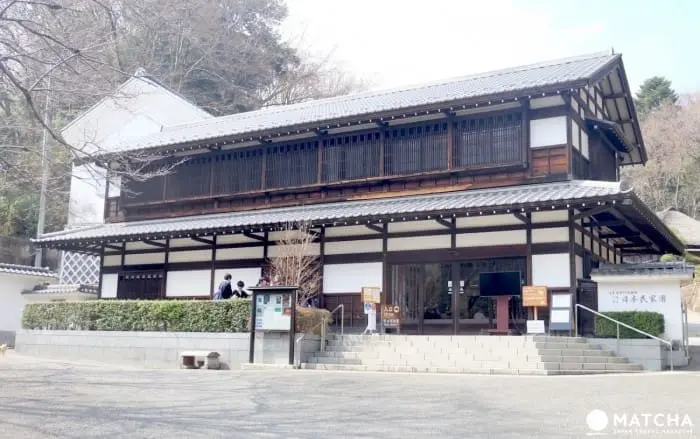
Nihon Minka-en, also known as the Japan Open-Air Folk House Museum, is an open-air museum in Ikuta Ryokuchi Park. It was built in 1967 for the purpose of preserving Japanese traditional private houses, which have become increasingly harder to find outside of preserved townscapes. Here you can see twenty or more houses, some of which were built 200-300 years ago, all of which are designated as cultural properties by the nation, prefecture, or city. This museum is open from 9:00-17:00 (March-October) and 9:30-16:30 (November-February). The admission fees are 500 yen for adults, 300 yen for high school and college students and seniors over 65, and free for children up to middle school.
27. The Fujiko F. Fujio Museum - Meet Doraemon and Friends
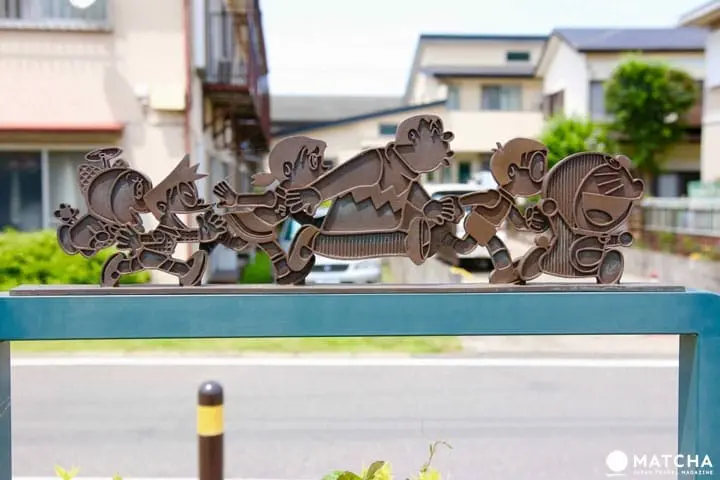
The Fujiko F. Fujio Museum, or Fujiko Museum for short, is a museum where you can find yourself right in the middle of the worlds created by the world famous manga artist Fujiko F. Fujio. He is the man behind some of Japan's most beloved anime characters, like Doraemon and his friends. Here you can see his original illustration works, learn about the history of his work, buy limited edition goods, and even try out some fun, interactive displays. The museum is open from 10:00-18:00 (last entry 16:30), and costs 1000 yen for adults, 700 yen for junior/high school students, 500 yen for children aged 4 and up, and is free for children under the age of 3.
28. The Taro Okamoto Museum of Art
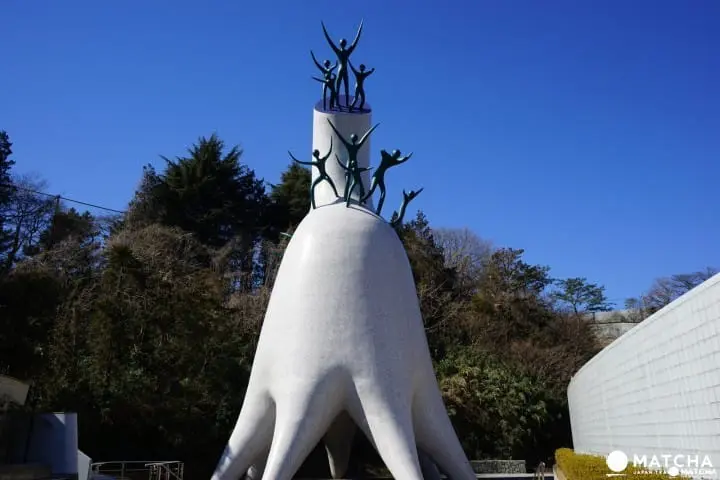
The modern Japanese artist Taro Okamoto was born in Kawasaki, and it is at the Taro Okamoto Museum of Art where the majority of his works, many of which were donated by the artist himself, are exhibited in both permanent collections and in special exhibition spaces. This museum is quite close to both the Nihon Minka-en Folklore Museum as well as the Fujiko F. Fujio Museum, so you can easily visit all three in a day if you are so inclined. Open from 9:30-17:00 (last entry 16:30), the admission fees for the permanent exhibitions alone are 500 yen for adults, 300 yen for high school/university/seniors, and free for junior high schoolers and younger. The admission into the special exhibitions (which also include admission into the permanent exhibitions) are priced at 700 yen for adults, 500 yen for high school/university/seniors, and free for junior high schoolers and younger. Check out the Taro Okamoto Museum Of Art - Meet The Artist Behind The Myth of Tomorrow to learn more.
How to Reach Yokohama, Kanagawa's Hub Station
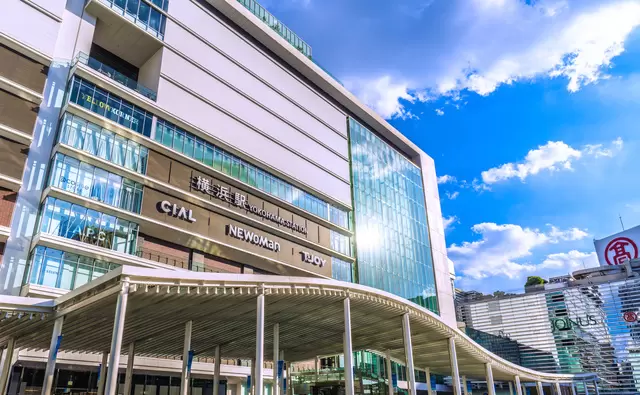
In the vast area covered by Kanagawa, one of the largest sightseeing areas is around Yokohama Station.
Heading to Yokohama Station from Haneda Airport
The transfer-free limousine bus from Haneda Airport is very convenient. It takes 24 minutes to reach the Domestic Terminal 1 from Yokohama Station, and 40 minutes to reach the International Terminal. A one-way ticket for adults costs 590 yen, and 300 yen for children.
Traveling from Narita Airport to Yokohama
There are two convenient routes to take from Narita Airport: the Narita Express and the shuttle bus. Both offer transfer-free trips to Yokohama Station.
The Narita Express takes about an hour and 40 minutes, and costs 4370 yen, while the shuttle bus takes about an hour and a half, and costs 3700 yen.
If you are going to be using the Narita Express, we recommend using the all-you-can-ride railway and bus pass (JR operated companies, the Japan Rail Pass, during your trip. For more information, please take a look at: Japan Rail Pass Guide - How And Where To Buy, Merits, And Tips.
Heading from Tokyo Station to Yokohama Station
From Tokyo Station, take the outbound Tokaido line to Yokohama Station. It will take about 35 minutes and cost 490 yen. To read more about traveling from major stations to Yokohama, refer to our article: What's the Most Convenient Fare?! How to Get to Yokohama from Tokyo.
Transportation in Kanagawa and Traffic Conditions
JR Lines

With numerous train lines intersecting through Kanagawa prefecture, the vast majority of sightseeing spots can easily be accessed by train. The Tokaido line runs from the main city areas of Tokyo through to Yokohama and Odawara, while the Yokosuka line heads from Tokyo to Yokohama, Kamakura, Zushi, and Kurihama. Both Zushi, Kamakura, and other stations in the area are JR stations too.
Buses

There are also plenty of useful bus routes to choose from in Kanagawa. There is even the Akakutsu, a great sightseeing bus that travels through Yokohama's Minato Mirai and Chinatown areas.
The Enoden Train

The Enoden train starts from the eastern part of the prefecture at Fujisawa Station and runs straight through to Kamakura, making it a convenient train for those wanting to visit the various shrines and temples in Kamakura. Kamakurakoko-mae Station is also very well known as a sightseeing spot.
Keikyu Line
This train travels from Shinagawa Station through Yokohama, Kanazawa Hakkei, Yokosuka Chuo, Misakiguchi, and other major stations. If you are interested in visiting the popular marine theme park, Hakkeijima Sea Paradise, in Kanazawa Hakkei, then this is the best line to use.
Odakyu Line
This train line connects Shinjuku, Odawara, Enoshima, and Atsugi. If you are interested in visiting everything from the metropolitan area down to the coastline of Enoshima, this is the best line to choose. The Odakyu Romance Car travels all the way from Shinjuku to Hakone Yumoto as well, so if you would like to go sightseeing in Hakone, this is the right train for you.
Toyoko/Minato Mirai Lines
The Toyoko line connects Shibuya Station and Yokohama Station, and the high-speed line from Yokohama connects it to the Minato Mirai line, on which you will find famous sightseeing spots like Chinatown, Motomachi, Minato Mirai, Bashamichi, and others.
Hakone Tozan Train
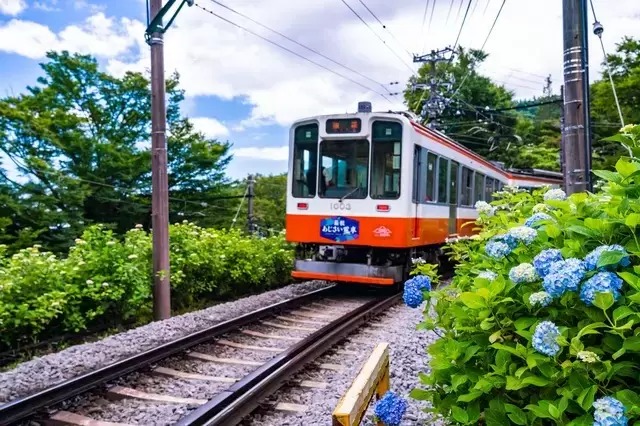
Hakone's Tozan mountain railway spans from Odawara in southern Kanagawa up to Hakone Yumoto, Kowakudani, Gora and other sightseeing spots, and has its terminal station at Sounzan mountain. If you would like to go sightseeing in Hakone, then this is the best line for you.
Rental Car
While there is plenty of public transportation to get you wherever you want to go within the Yokohama area, if you are going to be traveling in Hakone or Zushi, you might find it convenient to use a rental car as well.
The Climate and What to Wear in Kanagawa
Although Kanagawa has a comparatively warm and mild climate, the Hakone area tends to be about 2-3 degrees colder than the Yokohama area. If you are going to be visiting in the winter, then be sure to bring warm clothing and accessories like hats, scarves, and gloves too. If you are going to be traveling here in the summer, then bringing along a shawl or a light jacket might be a good idea for the evenings.
There are many places to walk to in the Shonan area, so it is a good idea to have a pair of sturdy walking shoes or sneakers with you.
Great Shopping Spots in Kanagawa
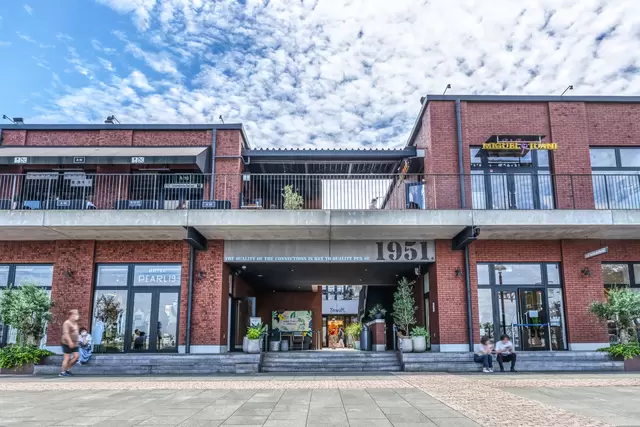
If you would like to do some shopping while sightseeing in Kanagawa, we recommend doing so around Yokohama Station and around Minato Mirai. There are numerous large-scale shopping centers like Queen's Square Yokohama, MARKIS Minato Mirai, Mitsui Outlet Park Yokohama Bayside, and many others.
Kanagawa Events and Festivals
As Yokohama was the first port in Japan to be fully opened to the world, this area has many festivals with a uniquely international flavor to them.
February: Chinatown - Shunsetsu
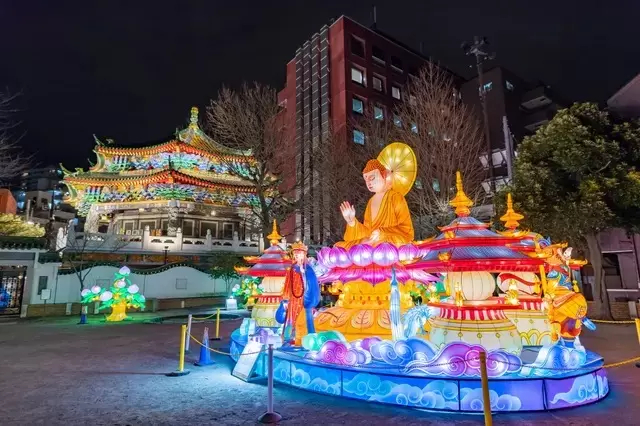
According to the old calendar, during Shunsetsu or the Lunar New Year, Chinatown holds an amazing New Years celebration. A big part of these celebrations is the parade, which is visited by great numbers of people every year.
May: Kowakudani - Azalea Festival
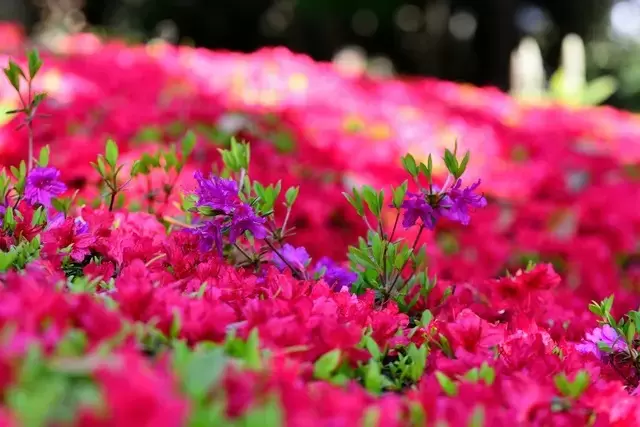
An azalea festival is held at Horaien Garden in Kowakudani, Hakone every year. About 30,000 azaleas bloom around this time, and there are small stands selling beer and light meals that you can enjoy as you view the flowers.
June: Zushi - Zushi Beach Fireworks Festival
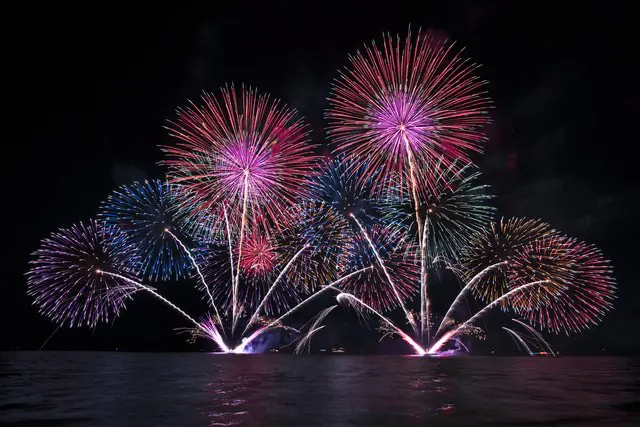
The Zushi City Fireworks Festival is one of the first of the season in Japan, typically taking place in June. The sight of the fireworks and the sound of the music they are synced with is a magnificent experience to behold!
December: Yokohama Yamatenishi Western-Style House - World Christmas
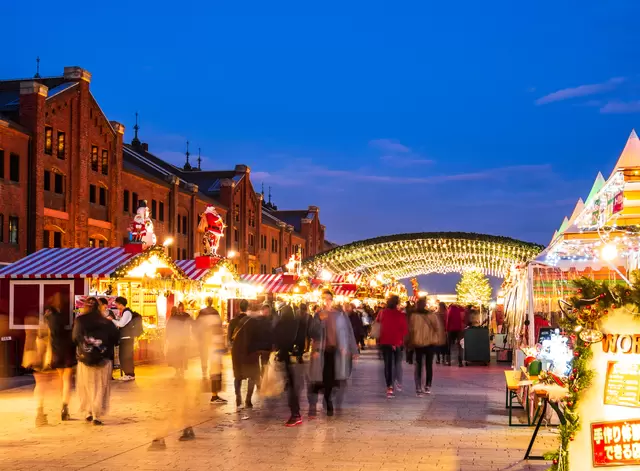
There are old Western-style houses that were built and lived in by Americans and the English located in Yamatenishi, Yokohama. Every Christmas, each house has a country as its theme, and each one displays how Christmas is celebrated in their given country, along with being decorated with some traditional ornaments. To see houses formerly owned by Australians decorated in for an Italian Christmas makes for an interesting experience.
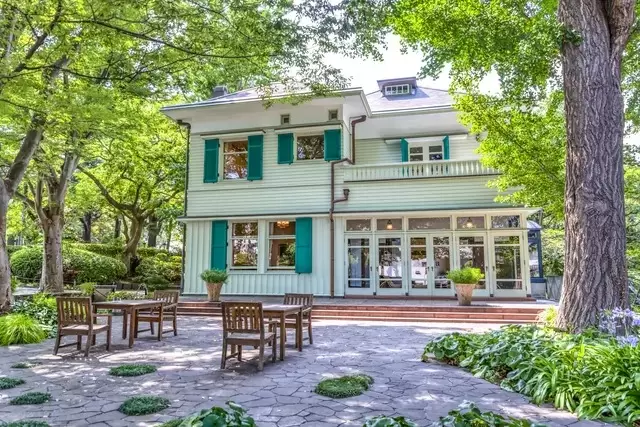
The World Christmas is famous for their equal representation of Christmas celebrations from countries all around the world, notably Sweden, Brazil, Finland, Vietnam, Japan, and more. They also have winter illuminations, a candle garden, and concerts during this season too.
Hotels in Kanagawa
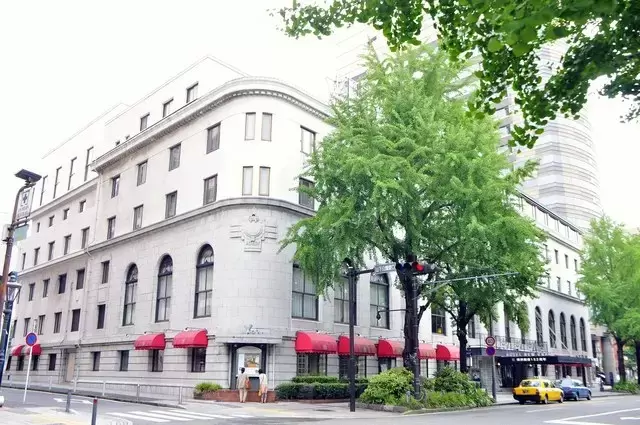
There are numerous hotels to choose from in Kanagawa, from business hotels, to highly rated hotels, to beach resorts. In the area around Yokohama Station, you will find business hotels and international luxury hotels. When you are planning your stay, make sure to choose the hotel that best fits your budget.
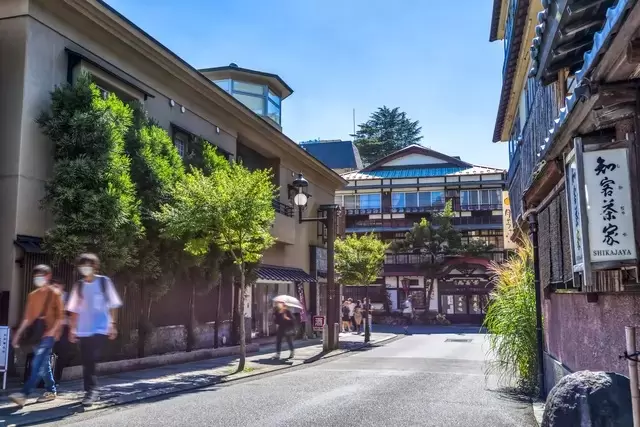
There are numerous hot spring inns and hotels to choose from in Hakone. If you are going to be spending some time in Hakone, why not try staying in a Japanese ryokan, where you can experience traditional rooms with tatami and shoji, and leisurely enjoy the delicious, authentic Japanese meals as well.
Recommended hotels of Kanagawa
1) Citadines Harbour Front Yokohama
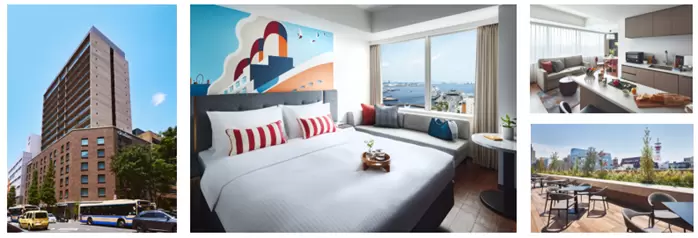
Picture courtesy of PR TIMES
Located just across Nihon-Odori Station, this hotel is walking distance from many of Yokohama's landmarks including Yokohama Red Brick Warehouse, Yamashita Park, Yokohama Stadium and many more. Just 28 minutes by car from Haneda Airport, this hotel is perfect for both business and recreational visitors.
Website: https://www.discoverasr.com/en/citadines/japan/citadines-harbour-front-yokohama
Address: Kanagawa, Yokohama, Naka Ward, 5-2 Nihonodori
2) Mitsui Garden Hotel Yokohama Minatomirai PREMIER
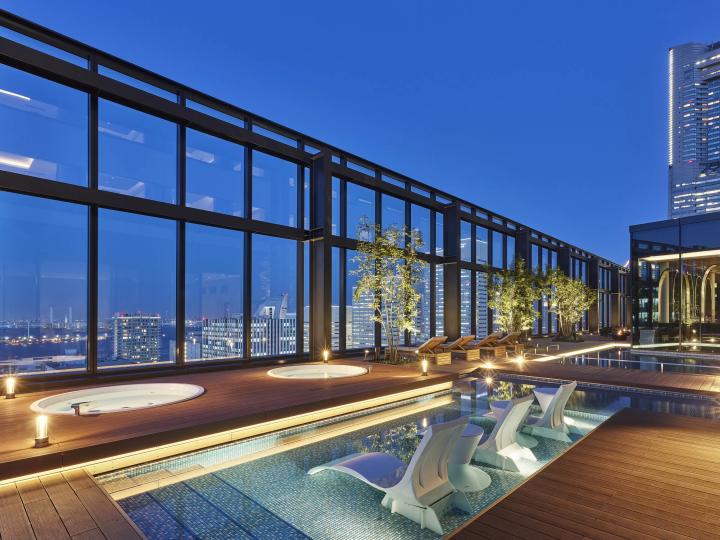
Picture courtesy of PR TIMES
A brand new, beautiful hotel which opened from across Minatomirai Station, this hotel is a short walk from the Landmark Tower and many other shopping facilities in the vicinity.
Enjoy their free Sky Pool with your stay, allowing you to gaze at the wonderous cityscape of Minatomirai while relaxing in the water from high up.
Website: https://www.gardenhotels.co.jp/yokohama-minatomirai-premier/eng/
Address: Kanagawa, Yokohama, Nishi Ward, 3-3-3 Minatomirai
3) Hilton Yokohama
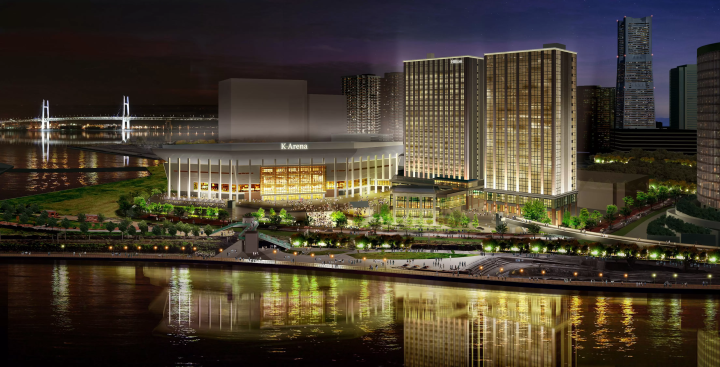
Picture courtesy of PR TIMES
Opening on Sept. 24, 2023, this waterfront hotel close to Yokohama Station is part of the "K-Arena Project," a project to build a hotel along with constructing the world's largest music arena, K-Arena Yokohama. Both the hotel and arena are planned to open from September. Music lovers should check out what music tours are taking place and plan a stay at this fancy hotel!
The hotel interior is designed to mimic the style of downtown Yokohama. With 339 rooms, a spectacular view of Yokohama, and plenty of restaurants, lounges, cafes, and shops, this hotel will cater to all the needs of each visitor.
Website: https://hiltonhotels.jp/hotel/kanto/hilton-yokohama (Japanese)
Address: Kanagawa, Yokohama, Nishi Ward, 6-2 Minatomirai
Dining in Kanagawa
Each and every area in Kanagawa has its own specialty foods and dishes.
Yokohama Area
In Yokohama, you will find restaurants serving everything from Western dishes at long-established shops to authentically made Chinese food in Chinatown. You can also enjoy wandering about in Chinatown as you snack on street food like freshly made nikuman, which are steamed buns with a delicious meat filling.
Ramen fans will be happy to know that, at the Ramen Museum you can enjoy different types of ramen from all across Japan under one roof.
Shonan Area
Thanks to the close proximity of the ocean, the most recommended dishes in the Shonan area feature freshly caught shirasu, or whitebait. There is shirasu-don, shirasu pizza, and shirasu pasta - plenty of variations using this fish. Kamakura, being an area with excellent vegetables, known as Kamakura vegetables, are beloved by foodies all over. If you are in Kamakura, then trying dishes made with Kamakura vegetables is a must.
Hakone Area
There are many delicious soba restaurants in the Hakone area. With dishes like Tamura Ginkatsutei's simmered tofu to choose from, there are many foods that you can't find anywhere else in the world that are available in Hakone.
In Owakudani, their onsen tamago, or eggs boiled in hot spring waters, are perhaps the most famous food. The minerals from the water stick to the shell, turning it completely black, giving these eggs a distinctive appearance.
Souvenirs from Kanagawa
The best souvenirs from Kanagawa also vary depending on the area.
Yokohama
There are many items for sale in this area that feature boats or other marine motifs. And there are many sweets that not only look beautiful but taste wonderful too - if you find something that catches your eye, by all means give it a try!
There are plenty of shops selling very cute souvenirs in Chinatown too.
Wamonoya Kaya, a shop selling traditional Japanese-themed goods, is an excellent place to find something very special as a souvenir.
Shonan
For souvenirs from Shonan and Kamakura, Hato Sable cookies come to mind right away. These light shortbread cookies made in the shape of a dove are a perfect match to tea. Other highly recommended souvenirs from the area are Kamakurabori lacquerware and other traditional handicrafts. This is also where you will find Masamune Kogei, the forge continuing the grand sword-making tradition begun by the famous swordsmith Masamune.
Enoshima beer and Hayama beer are two other souvenirs that can only be purchased in this area at supermarkets and liquor shops. So if you know someone that loves beer, this might be the perfect souvenir for them.
Hakone
The most recommended souvenir from Hakone is yosegizaiku, or wood marquetry, a traditional handicraft of the area. Wooden mosaics are made up from pieces of different woods that have been arranged together to form intricate designs. Similar to patchwork, this makes each piece a completely unique work of art. Recently, necklaces and even music boxes made with this traditional handicraft have become available as well.
How to Get the Most Out of Your Trip to Kanagawa
With cities like Yokohama, Kamakura, Hakone, and other noteworthy sightseeing places to choose from, as well as the fun Enoshima, Yokohama-Shonan areas, and Hakone areas to enjoy, Kanagawa is a convenient 1-1.5 hours away from Tokyo. The sightseeing spots are a bit far apart in Hakone, which will add extra time to a travel schedule - for that reason, we don't recommend trying to visit all of Kanagawa in a single day.
Spending one day in Yokohama and one in Hakone is the best travel plan for those with some extra time in their vacation schedules.
Other Important Travel Information
The article below will show how much the food costs in Japan, so take a look when planning your budget.
Food Expenses For Travel In Japan - 1,000 Yen Meals And Budget Tips
If you need to exchange currencies, go to the bank, or try the ATM at 7-Eleven.
Need Japanese Yen? Six Ways to Get Cash in Japan
The article below will show the simple phrases you can use when checking into hotels.
10 Japanese Phrases You Can Use At A Hotel
"Japan Connected-Free Wi-Fi" is a service for the visitors from abroad. Be sure to download the application in advance.
Where To Find Free Wi-Fi In Japan - Japan Connected-Free Wi-Fi
Photos by Pixta & AC








































![[Coupon Available] Attention Overseas Winter Sports Fans! Nagano's Sports Depot Has Evolved](https://resources.matcha-jp.com/resize/720x2000/2026/01/05-254819.webp)
![[2 hours from Tokyo ] 10 Quiet and Breathtaking Views of Mount Fuji in Yamanashi Hokuto City , Yamanashi - Part 2](https://resources.matcha-jp.com/resize/720x2000/2025/12/16-253037.webp)
